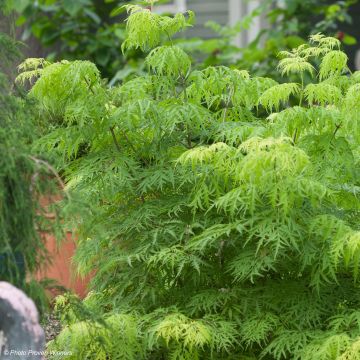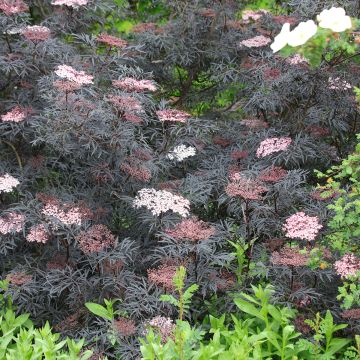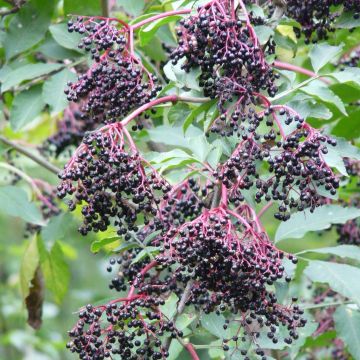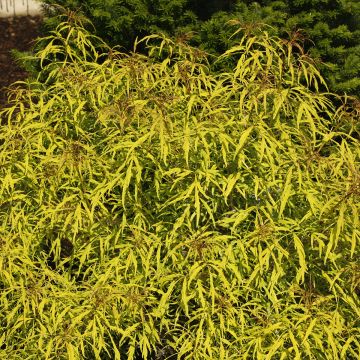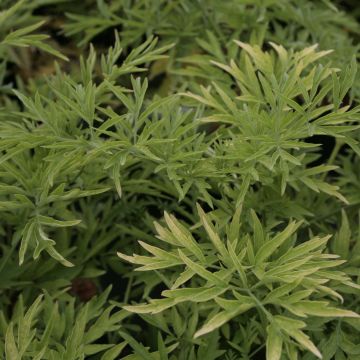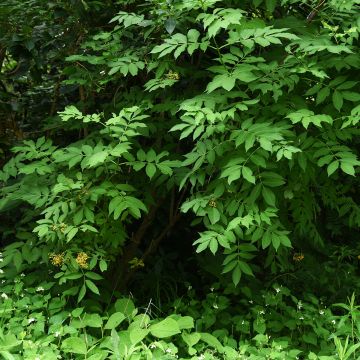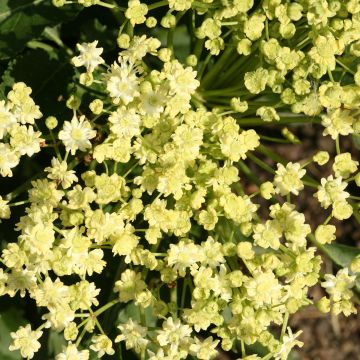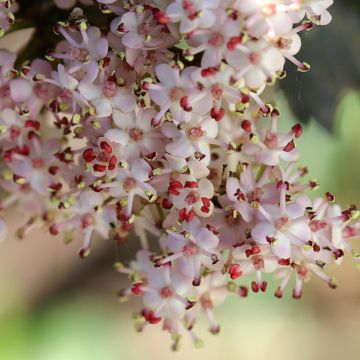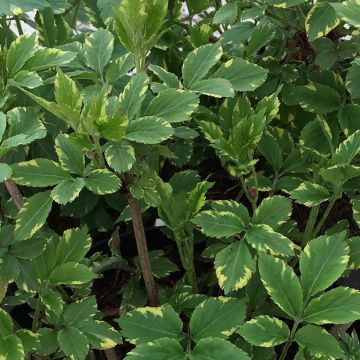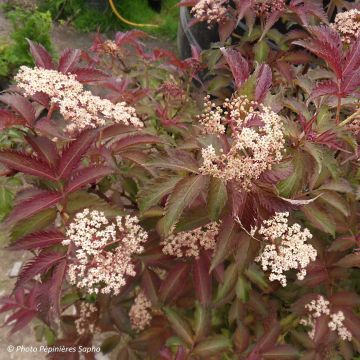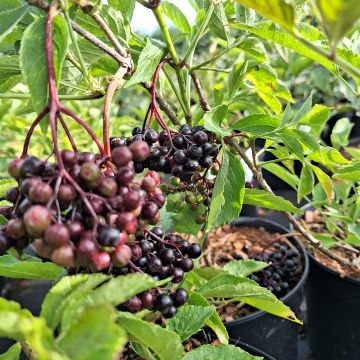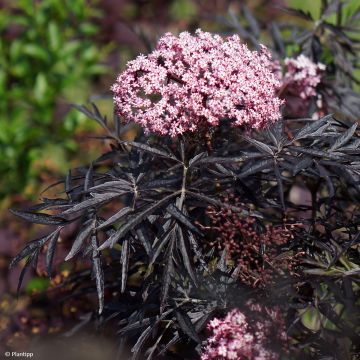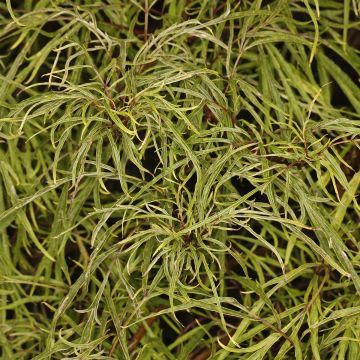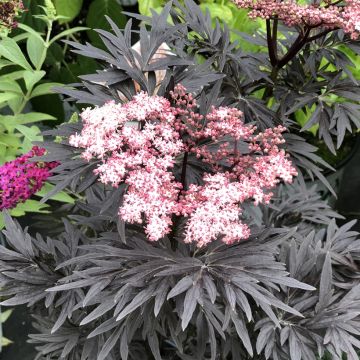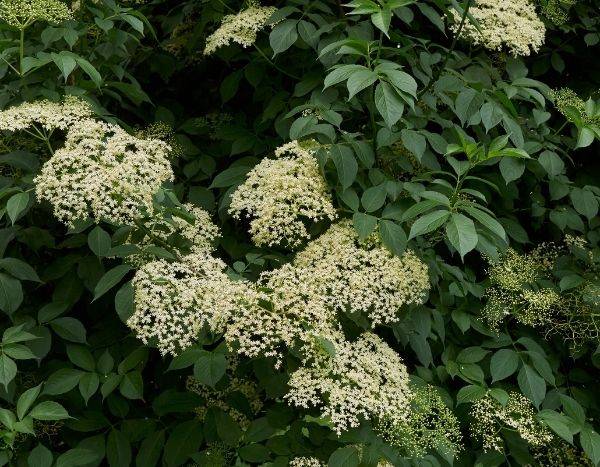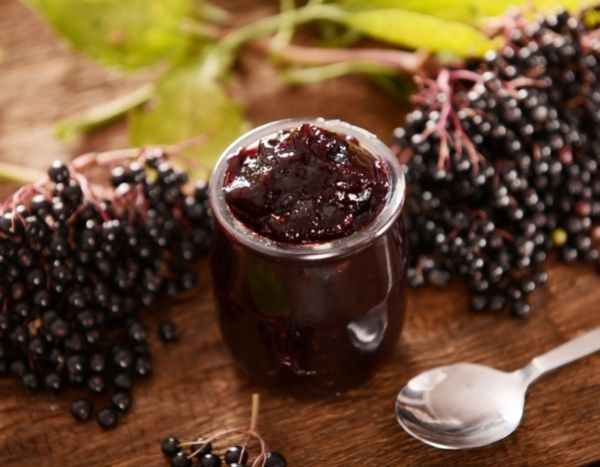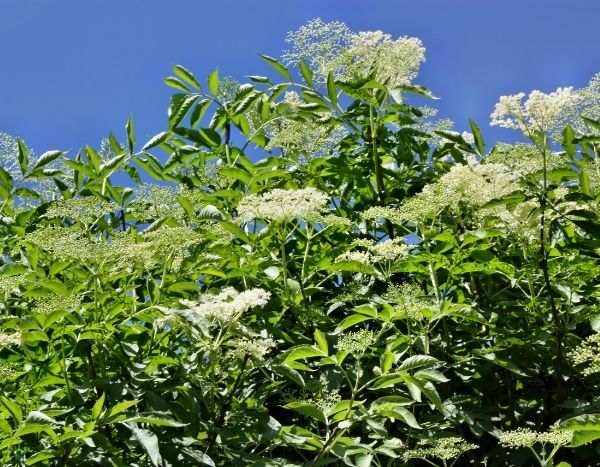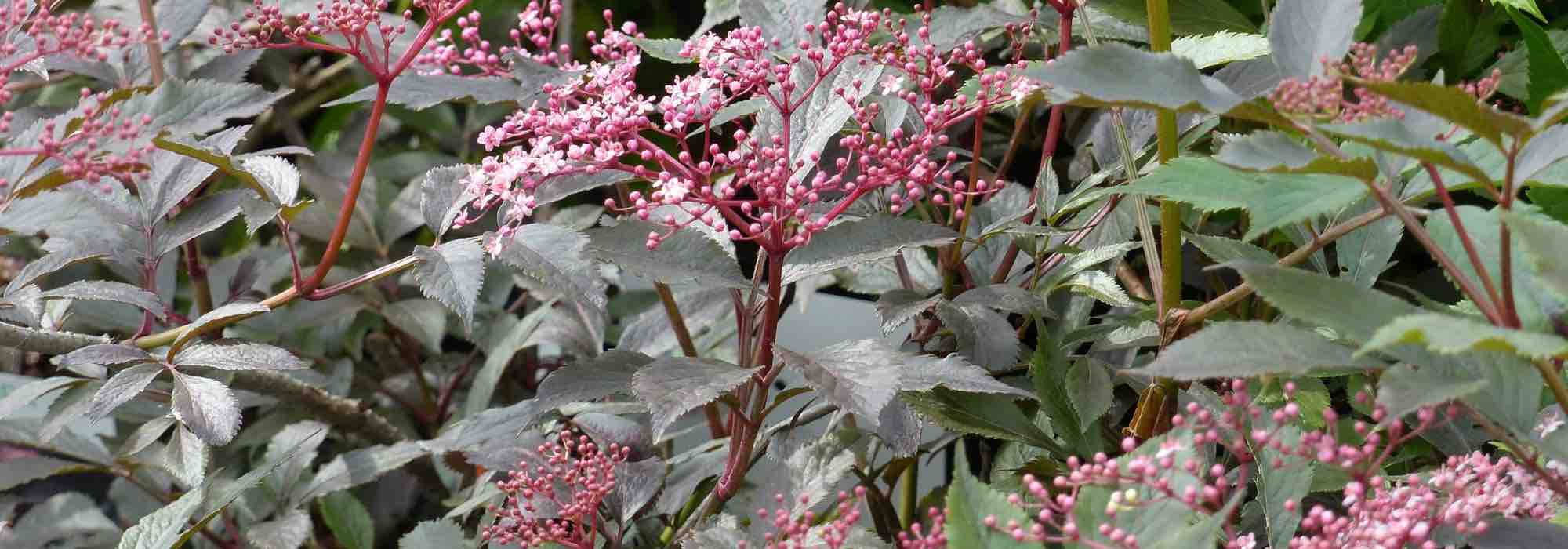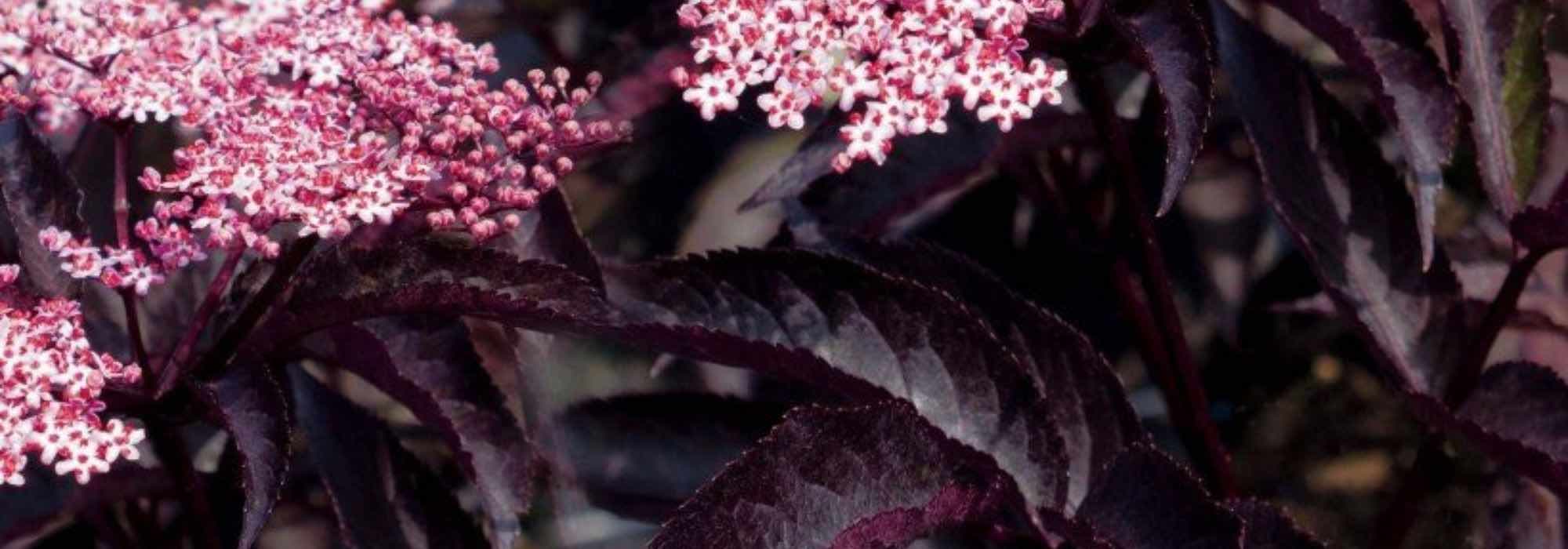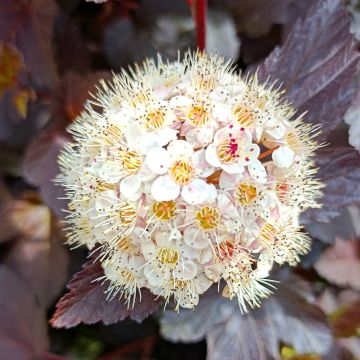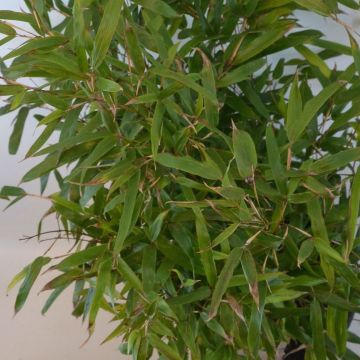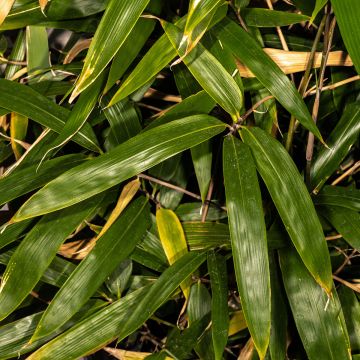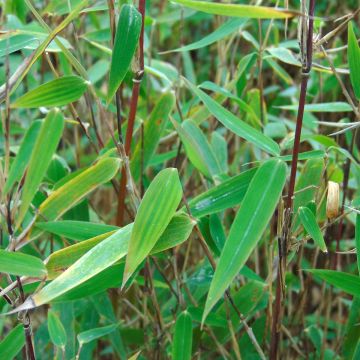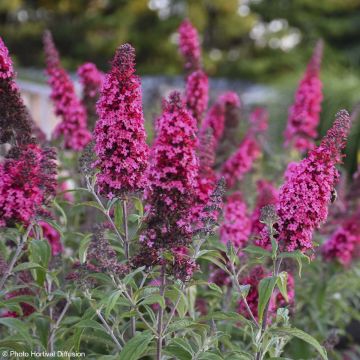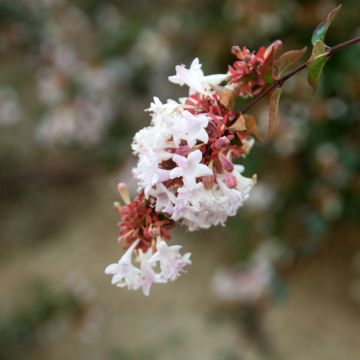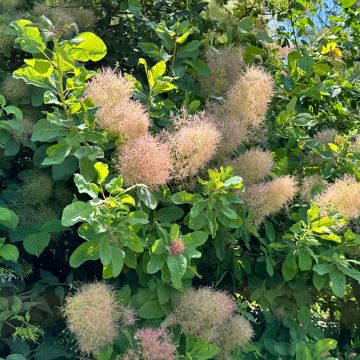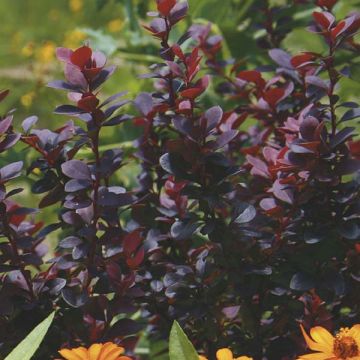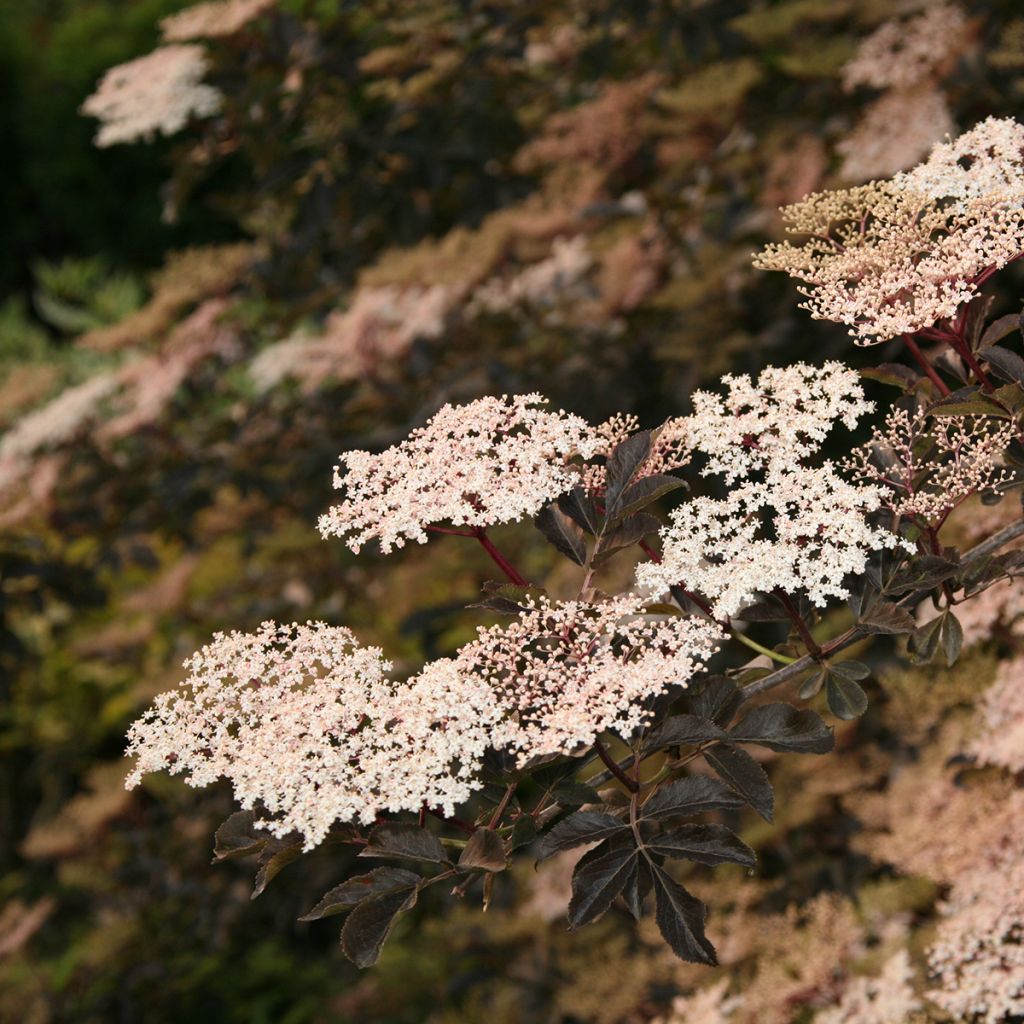

Sambucus nigra Guincho Purple - Black Elder
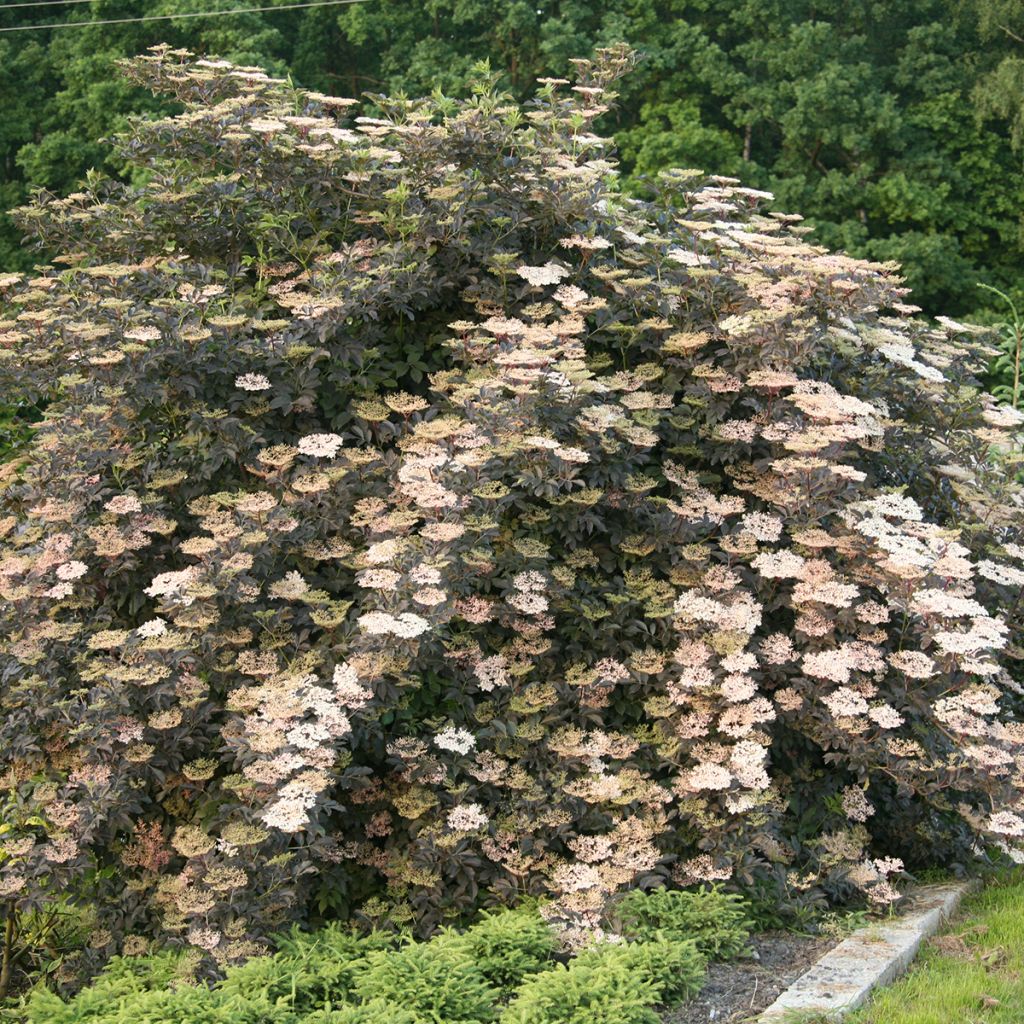

Sambucus nigra Guincho Purple - Black Elder
Sambucus nigra Guincho Purple - Black Elder
Sambucus nigra Guincho Purple
European Elder, Black Elder, Elder, Elderberry, European Elderberry, European black Elderberry
Special offer!
Receive a €20 voucher for any order over €90 (excluding delivery costs, credit notes, and plastic-free options)!
1- Add your favorite plants to your cart.
2- Once you have reached €90, confirm your order (you can even choose the delivery date!).
3- As soon as your order is shipped, you will receive an email containing your voucher code, valid for 3 months (90 days).
Your voucher is unique and can only be used once, for any order with a minimum value of €20, excluding delivery costs.
Can be combined with other current offers, non-divisible and non-refundable.
Why not try an alternative variety in stock?
View all →This plant carries a 24 months recovery warranty
More information
We guarantee the quality of our plants for a full growing cycle, and will replace at our expense any plant that fails to recover under normal climatic and planting conditions.
Does this plant fit my garden?
Set up your Plantfit profile →
Description
The black elderberry or Sambucus nigra 'Guincho Purple' is also known as 'Purpurea'. Its beautiful, elongated and dissected foliage changes colour throughout the seasons. Green to green-bronze in spring turns dark purple in summer and redder in autumn. It is a large bush or a small bushy tree adorned with a pinkish-white flowering in early summer and berries that turn red to black in late summer. This bush is comfortable in most gardens, adaptable to the soil, and perfectly hardy. It looks stunning when placed alone or in a free hedge.
The Sambucus nigra is a plant belonging to the Caprifoliaceae family, just like honeysuckles. It is a wild species widespread in Europe, North Africa, and Asia Minor. The black elderberry is an opportunistic and highly adaptable species found almost everywhere in France in clearings, hedges, fallow lands, coastal dunes, or near human settlements where it has coexisted for millennia. It is, therefore, a low-demanding bush and truly easy to grow everywhere. It tolerates clay-limestone soils perfectly, even if they are relatively dry, as long as they are deep.
The 'Guincho Purple' form was discovered in Scotland in 1957 and cultivated at Guincho Garden in Northern Ireland. The bush has an upright habit and can reach up to 6m (20ft) in height and width. Its woody branches are verrucate, greyish, and filled with white pith. From spring to autumn, it bears elegant foliage: its leaves are divided into elongated leaflets with dentate edges, slightly glossy on the upper side. They are green-brown to bronze in spring, turning dark purple in summer and red in autumn. The flowering usually occurs in June (a little earlier or later, depending on the climate) as long-lasting false umbels 10 to 12 cm (4 to 5in) wide. The small flowers are white-pink fragrant, with five petals. Over a few days, they lighten almost to white, creating a stunning range of shades on the bush. This flowering attracts many pollinating insects. The edible and tasty fruits are black to violet berries with soft flesh, measuring 6 to 8 mm (1in) in diameter. The foliage is absent in winter.
The 'Guincho Purple' elderberry makes a beautiful specimen when placed alone, and it is also an excellent bush for large free hedges. Plant it at the back of a shrub bed. Its purple leaves appreciate a sunny exposure. Like all elderberries, it is very hardy and easy to combine with other shrubs that bloom in spring or summer. Pair it with pink blossoms like Lilacs, ornamental Apple trees, Prunus, and Viburnum. It can create a backdrop for very tall perennials such as Gunneras, Ligularias, or giant ferns in moist soil.
In the kitchen, the flowers can be prepared as fritters or syrup by soaking them in sugar. The vinegar-pickled buds enhance salads, and the berries are consumed as juice, jellies, jams, or wine. They pleasantly flavour apple cakes. Only the flowers and berries without petioles are edible, as the rest of the plant can be toxic.
In the garden, elderberry leaves are known to accelerate compost decomposition. The black elderberry leaf infusion is useful in organic gardening to fight against mildew and attacks from aphids or rodents: soak 1 kg of leaves in 10 L of water for a few days, then spray as needed. It can also be planted in an orchard, attracting insect-predatory birds.
Plant habit
Flowering
Foliage
Botanical data
Sambucus
nigra
Guincho Purple
Caprifoliaceae
European Elder, Black Elder, Elder, Elderberry, European Elderberry, European black Elderberry
Cultivar or hybrid
Other Sambucus - Elder tree
View all →Planting and care
Easy to grow, the 'Guincho Purple' black elderberry can be planted in spring or autumn in any soil that is not too poor, deep enough and not too dry, even though it tolerates periods of temporary drought in deep soil and once well-established. It requires little maintenance. Plant it preferably in a sunny location, but avoid hot and arid situations. It is not demanding on the soil, accepting clay, limestone, sand, and even poor soils. The ideal at planting is half compost/half garden soil. It is very hardy. To promote flowering, prune the old branches short to rejuvenate them and cut back the young branches by a third at the end of winter.
It can be targeted by the black aphid Aphis sambuci, whose natural predator is the two-spot ladybird Coccinella bipunctata. This very specific aphid does not infect other plants in the garden. We often find an edible fungus called Judas's ear (Auricularia auricula-judae) on the black elderberry.
Planting period
Intended location
Care
Planting & care advice
This item has not been reviewed yet - be the first to leave a review about it.
Similar products
Haven't found what you were looking for?
Hardiness is the lowest winter temperature a plant can endure without suffering serious damage or even dying. However, hardiness is affected by location (a sheltered area, such as a patio), protection (winter cover) and soil type (hardiness is improved by well-drained soil).

Photo Sharing Terms & Conditions
In order to encourage gardeners to interact and share their experiences, Promesse de fleurs offers various media enabling content to be uploaded onto its Site - in particular via the ‘Photo sharing’ module.
The User agrees to refrain from:
- Posting any content that is illegal, prejudicial, insulting, racist, inciteful to hatred, revisionist, contrary to public decency, that infringes on privacy or on the privacy rights of third parties, in particular the publicity rights of persons and goods, intellectual property rights, or the right to privacy.
- Submitting content on behalf of a third party;
- Impersonate the identity of a third party and/or publish any personal information about a third party;
In general, the User undertakes to refrain from any unethical behaviour.
All Content (in particular text, comments, files, images, photos, videos, creative works, etc.), which may be subject to property or intellectual property rights, image or other private rights, shall remain the property of the User, subject to the limited rights granted by the terms of the licence granted by Promesse de fleurs as stated below. Users are at liberty to publish or not to publish such Content on the Site, notably via the ‘Photo Sharing’ facility, and accept that this Content shall be made public and freely accessible, notably on the Internet.
Users further acknowledge, undertake to have ,and guarantee that they hold all necessary rights and permissions to publish such material on the Site, in particular with regard to the legislation in force pertaining to any privacy, property, intellectual property, image, or contractual rights, or rights of any other nature. By publishing such Content on the Site, Users acknowledge accepting full liability as publishers of the Content within the meaning of the law, and grant Promesse de fleurs, free of charge, an inclusive, worldwide licence for the said Content for the entire duration of its publication, including all reproduction, representation, up/downloading, displaying, performing, transmission, and storage rights.
Users also grant permission for their name to be linked to the Content and accept that this link may not always be made available.
By engaging in posting material, Users consent to their Content becoming automatically accessible on the Internet, in particular on other sites and/or blogs and/or web pages of the Promesse de fleurs site, including in particular social pages and the Promesse de fleurs catalogue.
Users may secure the removal of entrusted content free of charge by issuing a simple request via our contact form.
The flowering period indicated on our website applies to countries and regions located in USDA zone 8 (France, the United Kingdom, Ireland, the Netherlands, etc.)
It will vary according to where you live:
- In zones 9 to 10 (Italy, Spain, Greece, etc.), flowering will occur about 2 to 4 weeks earlier.
- In zones 6 to 7 (Germany, Poland, Slovenia, and lower mountainous regions), flowering will be delayed by 2 to 3 weeks.
- In zone 5 (Central Europe, Scandinavia), blooming will be delayed by 3 to 5 weeks.
In temperate climates, pruning of spring-flowering shrubs (forsythia, spireas, etc.) should be done just after flowering.
Pruning of summer-flowering shrubs (Indian Lilac, Perovskia, etc.) can be done in winter or spring.
In cold regions as well as with frost-sensitive plants, avoid pruning too early when severe frosts may still occur.
The planting period indicated on our website applies to countries and regions located in USDA zone 8 (France, United Kingdom, Ireland, Netherlands).
It will vary according to where you live:
- In Mediterranean zones (Marseille, Madrid, Milan, etc.), autumn and winter are the best planting periods.
- In continental zones (Strasbourg, Munich, Vienna, etc.), delay planting by 2 to 3 weeks in spring and bring it forward by 2 to 4 weeks in autumn.
- In mountainous regions (the Alps, Pyrenees, Carpathians, etc.), it is best to plant in late spring (May-June) or late summer (August-September).
The harvesting period indicated on our website applies to countries and regions in USDA zone 8 (France, England, Ireland, the Netherlands).
In colder areas (Scandinavia, Poland, Austria...) fruit and vegetable harvests are likely to be delayed by 3-4 weeks.
In warmer areas (Italy, Spain, Greece, etc.), harvesting will probably take place earlier, depending on weather conditions.
The sowing periods indicated on our website apply to countries and regions within USDA Zone 8 (France, UK, Ireland, Netherlands).
In colder areas (Scandinavia, Poland, Austria...), delay any outdoor sowing by 3-4 weeks, or sow under glass.
In warmer climes (Italy, Spain, Greece, etc.), bring outdoor sowing forward by a few weeks.






























